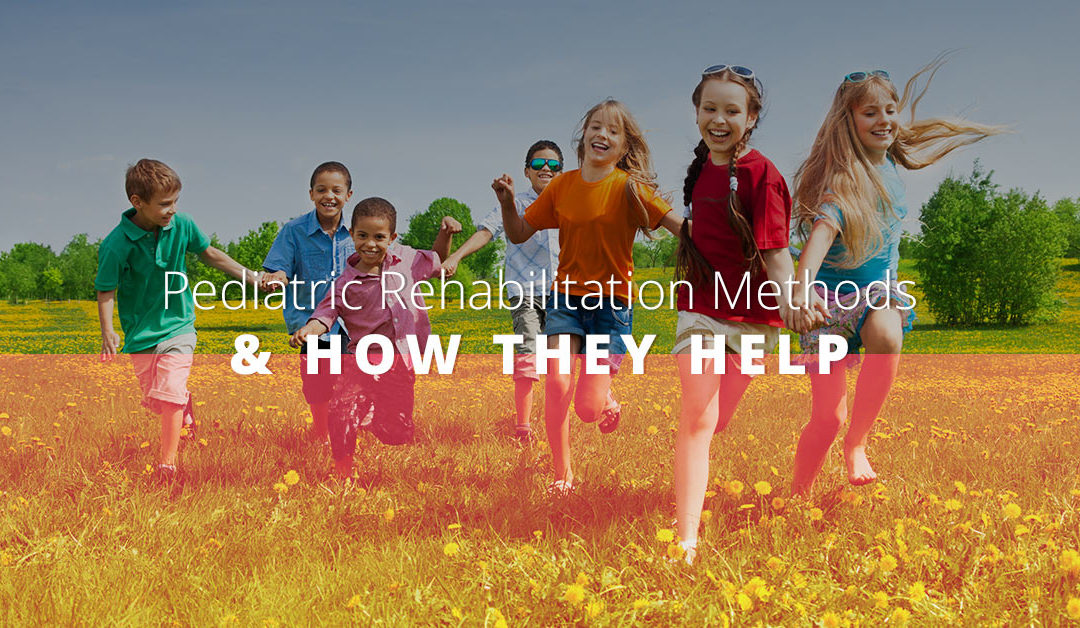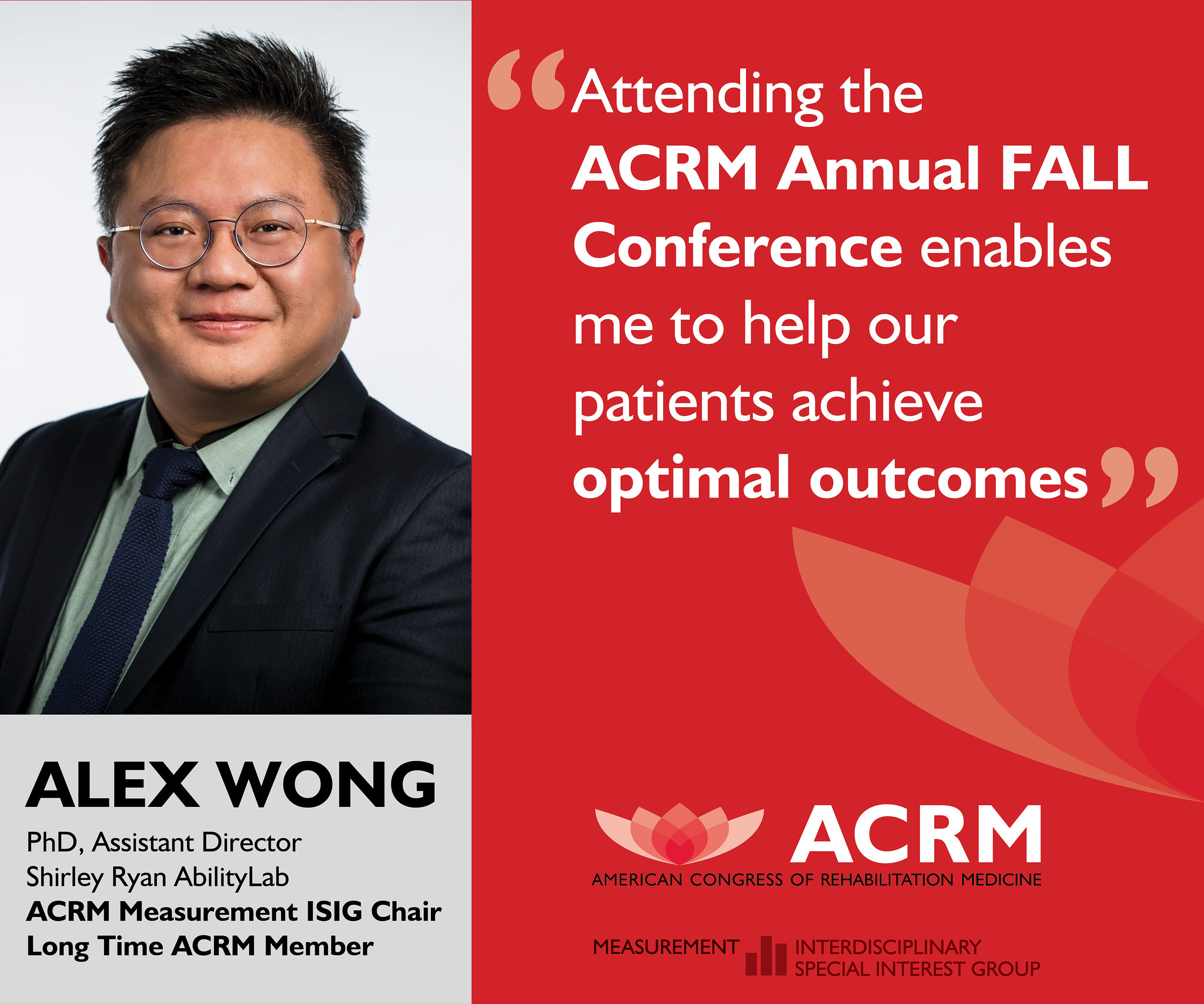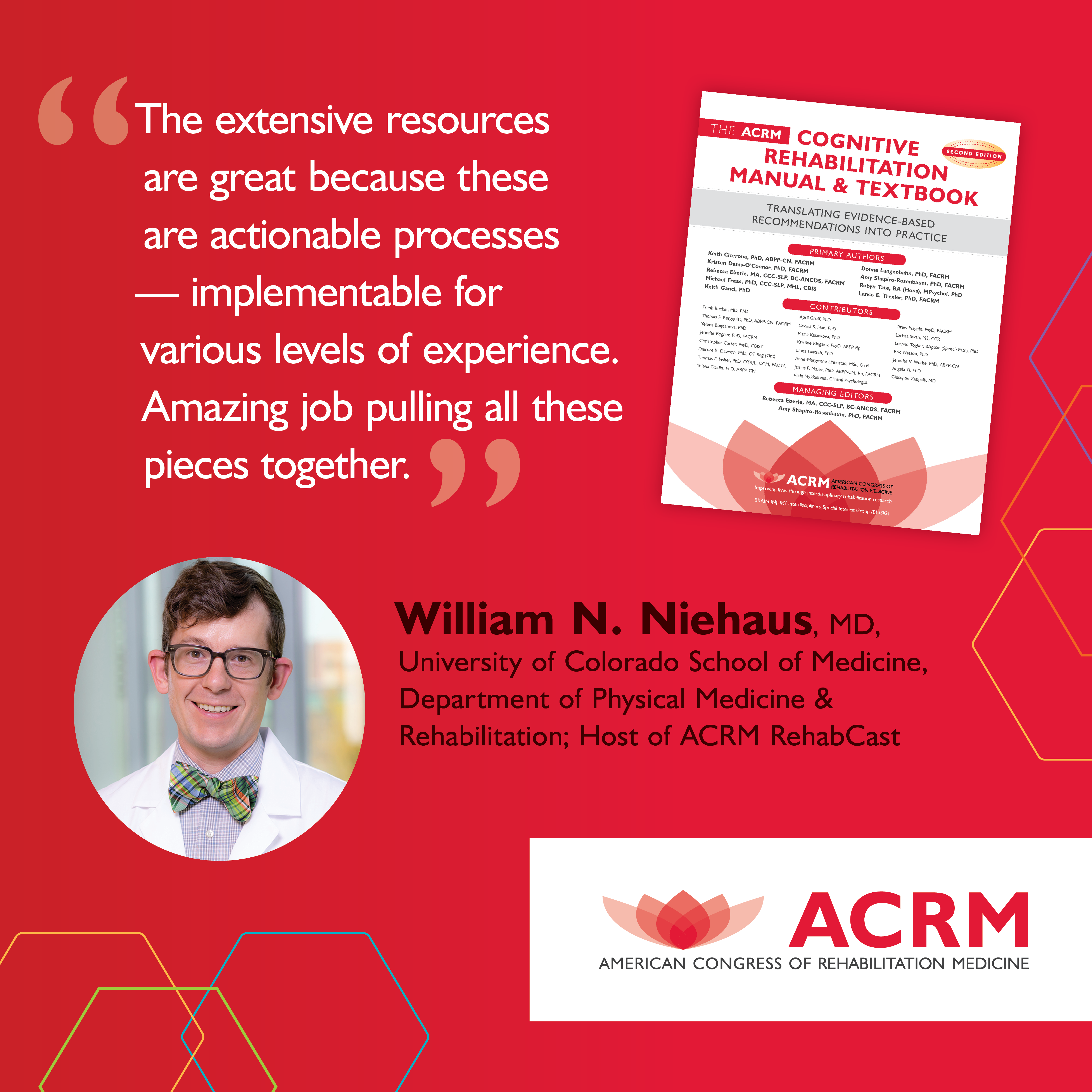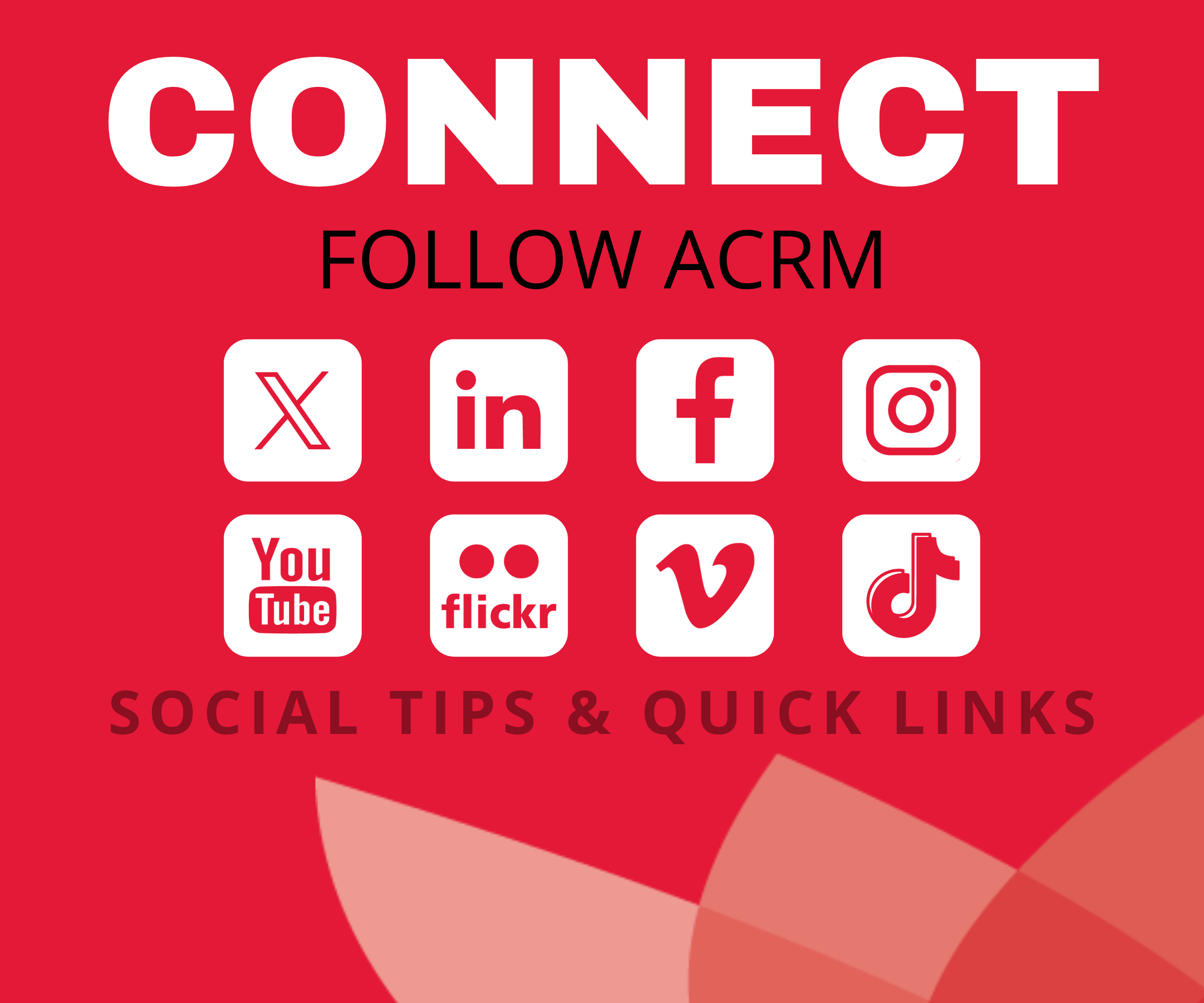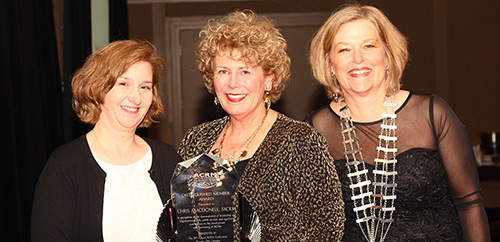Whether your pediatric patient has suffered a brain injury, spine injury, or something else entirely, rehabilitation will most likely be necessary. Pediatric rehabilitation comes with its own unique set of needs and requirements, and ACRM provides the rehabilitation medicine information and research you need to ensure pediatric patients are taken care of. Today’s blog will discuss occupational, physical, and speech language therapy methods that are all key for different rehabilitation needs.
Occupational Therapy
Occupational therapists evaluate a child’s current skills for typical daily activities and then compare those to what is age appropriate. The occupational therapists will then help the child develop fine motor skills, sensory motor skills, and visual motor skills that children need to socialize appropriately. Children with spina bifida, burns, learning problems, birth defects, traumatic injuries, juvenile rheumatoid arthritis, and many other medical conditions can benefit from occupational therapy.
Some methods include using weighted vests, Neuro-Developmental Treatment (NDT), motor learning theories, therapeutic listening, assistive technology, or simply incorporating play more often. Occupational therapists often try new techniques and methods to enhance a child’s skills for playing, academic performance, socializing, and other daily activities.
Physical Therapy
To improve strength, posture, range of motion, flexibility, movement patterns, or balance for a child, including for spine injury rehabilitation, physical therapy can be instrumental. Children with developmental delays, genetic disorders, muscle coordination concerns, birth defects, and orthopedic disabilities, among many other conditions, can all benefit from physical therapy. Movement is key in academic and social settings, so by improving children’s movement abilities through physical therapy, everything else will be affected as well.
Methods include Neuro-Developmental Treatment (NDT), strength training, endurance training, use of orthotics, and kinesiotaping, among others. Aquatic (water) therapy and equine (horse) therapy are two fun, unique, and effective forms of pediatric physical therapy. Hippotherapy (physical therapy that uses the movement of a horse) research indicates causation between the therapy and improved muscle symmetry in children with spastic cerebral palsy. Research also show improvements among children who regularly participate in aquatic therapy.
Speech-Language Therapy
Communication, obviously, is another common concern and can be addressed with therapy. Speech-language pathologists can help children understand and access the tools they need to communicate effectively. Whether this is part of brain injury rehabilitation or is due to a preexisting condition, a speech-language pathologist can help a child with both verbal and non-verbal language. They can also help feeding and swallowing in infants and children.
Neuro-Developmental Treatment (NDT) is once again a common method. Other methods include the Sequential Oral Sensory (SOS) Approach to Feeding and specialized skills for assessing and treating infants. Studies show that speech-language therapy is extremely useful for children with phonological or vocabulary difficulties.
When your pediatric patient needs therapy for a condition that has existed since birth or cognitive rehabilitation after an accident or injury, occupational, physical, and speech-language therapy are all good options. Outlined above are just some of the methods that exist. When you join ACRM, you’ll have access to the latest rehabilitation research and opportunities from around the world. Make the connections you need to advance your career and get the research you need to succeed when you join us today!


